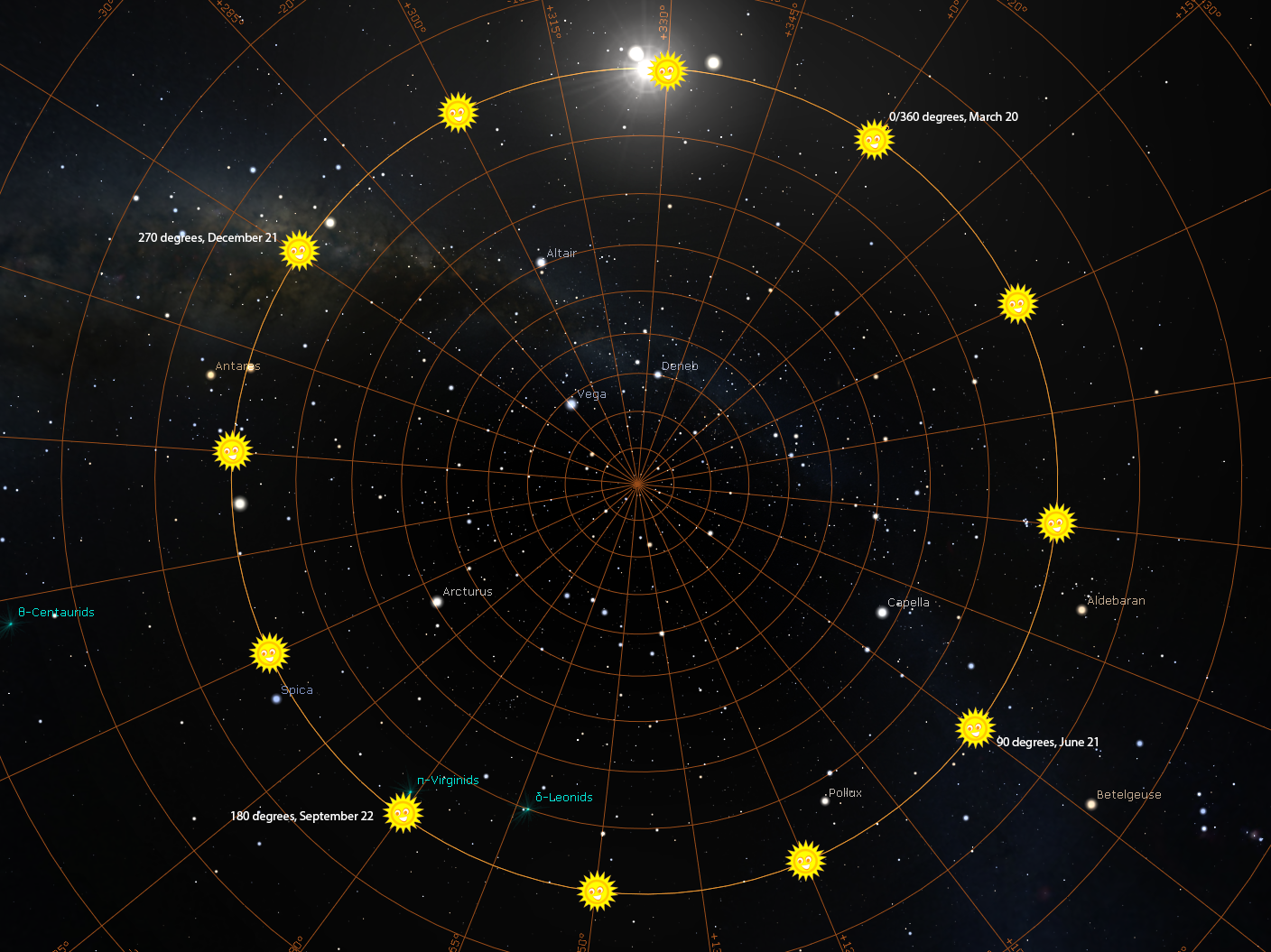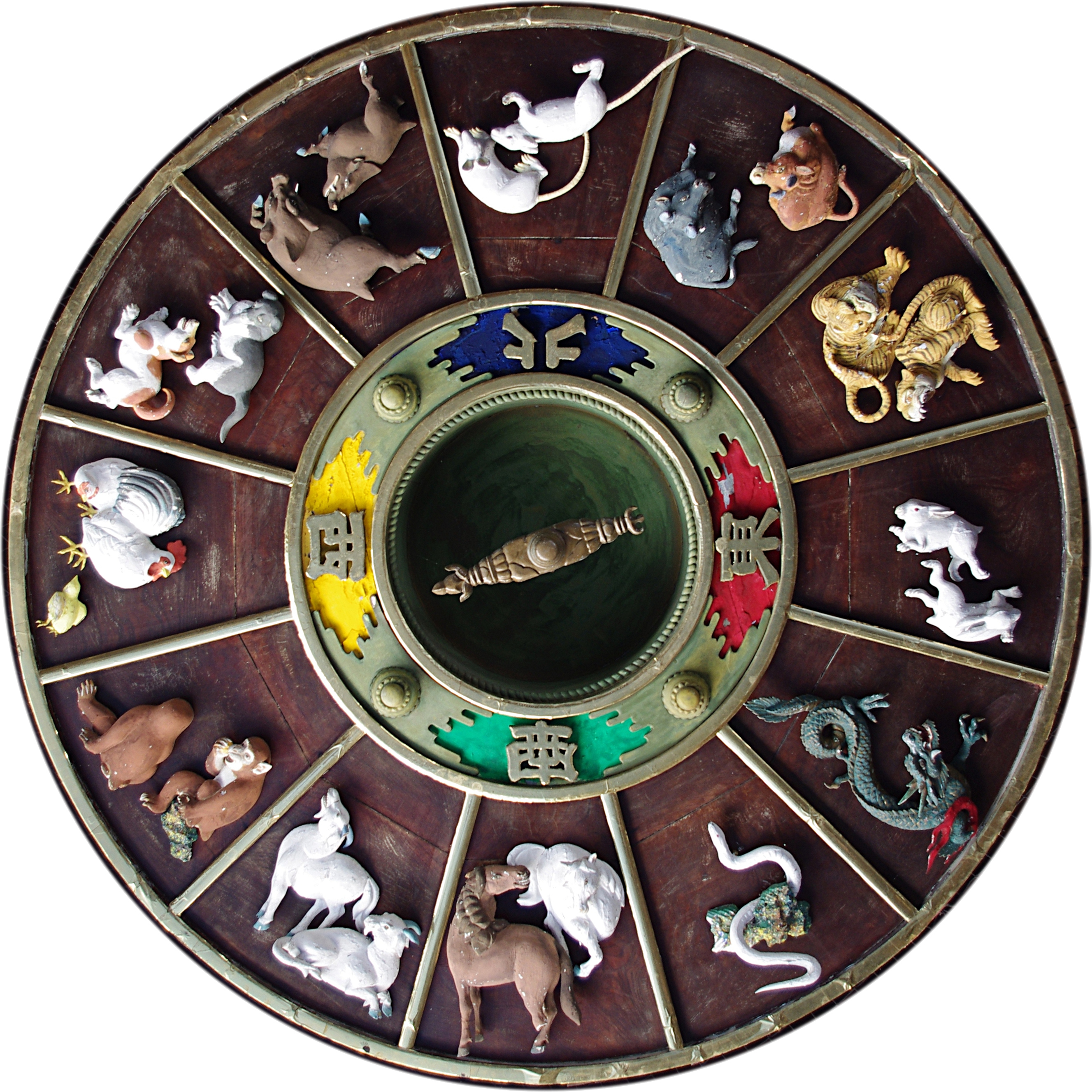Chinese New Year
By Dr. Bryan J. Mendez
February 16, 2018 marks the first day of the Chinese New Year, and the start of the latest Year of the Dog.

Year of Ox Chinese New Year Parade San Francisco 2009 by David Yu
The start of the new year is celebrated in China, in many of its geographic neighbors, and in Chinese immigrant communities throughout the world. Known as the Spring Festival, it is considered the end to the coldest part of winter and the start of the spring season. The festival is often observed for the first 15 days of the new month, culminating in the Lantern Festival on the full moon. Festivities often include parades, lion and dragon dances, fireworks, family gatherings with family meals, visiting friends and relatives, giving money in red envelopes, and decorating with banners of red paper that have messages of "good fortune", "happiness", "wealth", and "longevity".
It is sometimes called the “Lunar New Year.” However, there are several cultures that use a lunar calendar that don’t begin at the same time. The Islamic Hijri calendar is one such example. But also, the Chinese calendar is not entirely lunar...
The Chinese calendar is one of the most ancient calendars still in use. The earliest physical evidence for its use goes back some 3,300 years. It has been significantly modified over the ages into its present form. It may have begun as a lunar calendar, but in current use it is lunisolar; this is,combining both lunar and solar rules to determine the length of a year.
Each year in the Chinese calendar has 12 regular lunar months of 29 or 30 days (numbered 1-12 and sometimes named). Each month begins with the new moon. This is very similar to the Islamic Hijri calendar.
The modern Chinese calendar also uses a solar rule: the winter solstice (when the Sun reaches its most southern point in the sky) must always occur in the 11th month. This rule requires that some periodic adjustments are made to keep the calendar synchronized with lunar and solar cycles.
A year will need a whole leap month if there are 13 new moons between winter solstices, as was the case for the period from December 29, 2016 through December 18, 2017. This made this past Year of the Rooster a leap year. Every second or third year has a leap month that is numbered the same as the preceding month, but designated as a leap month. For the 2017 Year of the Rooster it was Month 6. So, first there was Month 6, and then Leap-Month 6 was July 23 - August 21, 2017. The year continued on August 22nd with Month 7.
The month that will have the repeated number is determined based on the number of so-called principle solar terms in that month.

The ecliptic path of the Sun, with the principle solar terms illustrated. The north ecliptic pole is at the center of the image and the lines radiating away from it are lines of ecliptic longitude for every solar term (intervals of 15 degrees).
The Sun’s apparent annual path through the stars as seen from Earth is called the ecliptic (because eclipses can happen when the Moon is on the ecliptic). You can divide up the Sun’s path into several important stations. The four major divisions are the primary seasonal stations: The equinoxes and the solstices. Since the ecliptic is a circle, astronomers use angles to describe the locations along it. 0 or 360 degrees is the vernal equinox (spring equinox in the northern hemisphere), 90 degrees is the summer solstice, 180 degrees is the fall equinox, and 270 degrees is the winter solstice. The Chinese designate 24 equally spaced stations of the Sun (15 degrees apart) and call them solar terms. Every other station is called a principle solar term: those solar stations are at ecliptic longitudes of 0/360, 30, 60, 90, 120, 150, 180, 210, 240, 270, 300, and 330 degrees. In a leap year, the first month where there is no principle solar term is designated as the leap month.
Normally, Chinese New Year begins on the second new moon following the winter solstice, except in the relatively rare case that there is a leap month following either Month 11 or Month 12, in which case the new years starts on the third new moon after winter solstice.

Chinese Zodiac carvings on the ceiling of Kushida Shrine, Fukuoka
by Jakub Hatun
In some traditions, constellations or animals are associated with each of the 12 principle solar terms. This year’s presiding animal is the Dog, and the cycle of presiding animals is associated with the motion of the planet Jupiter. It takes Jupiter 11.86 years (astronomical years) to complete an orbit around the Sun, and so it is nearly 12 years for Jupiter to complete a cycle among the stars as seen from Earth. Jupiter’s annual motion on the ecliptic is about 30 degrees, and hence it moves past one principle solar term per year. The animals in the 12-year cycle are: Rat, Ox, Tiger, Rabbit, Dragon, Snake, Horse, Goat, Monkey, Rooster, Dog, and Pig.
Chinese New Year is yet another major celebration with strong astronomical connections. These connections are not mysterious—they are the rhythms of nature, and the festivals that mark them help us to find our footing in this cosmic dance.
2438